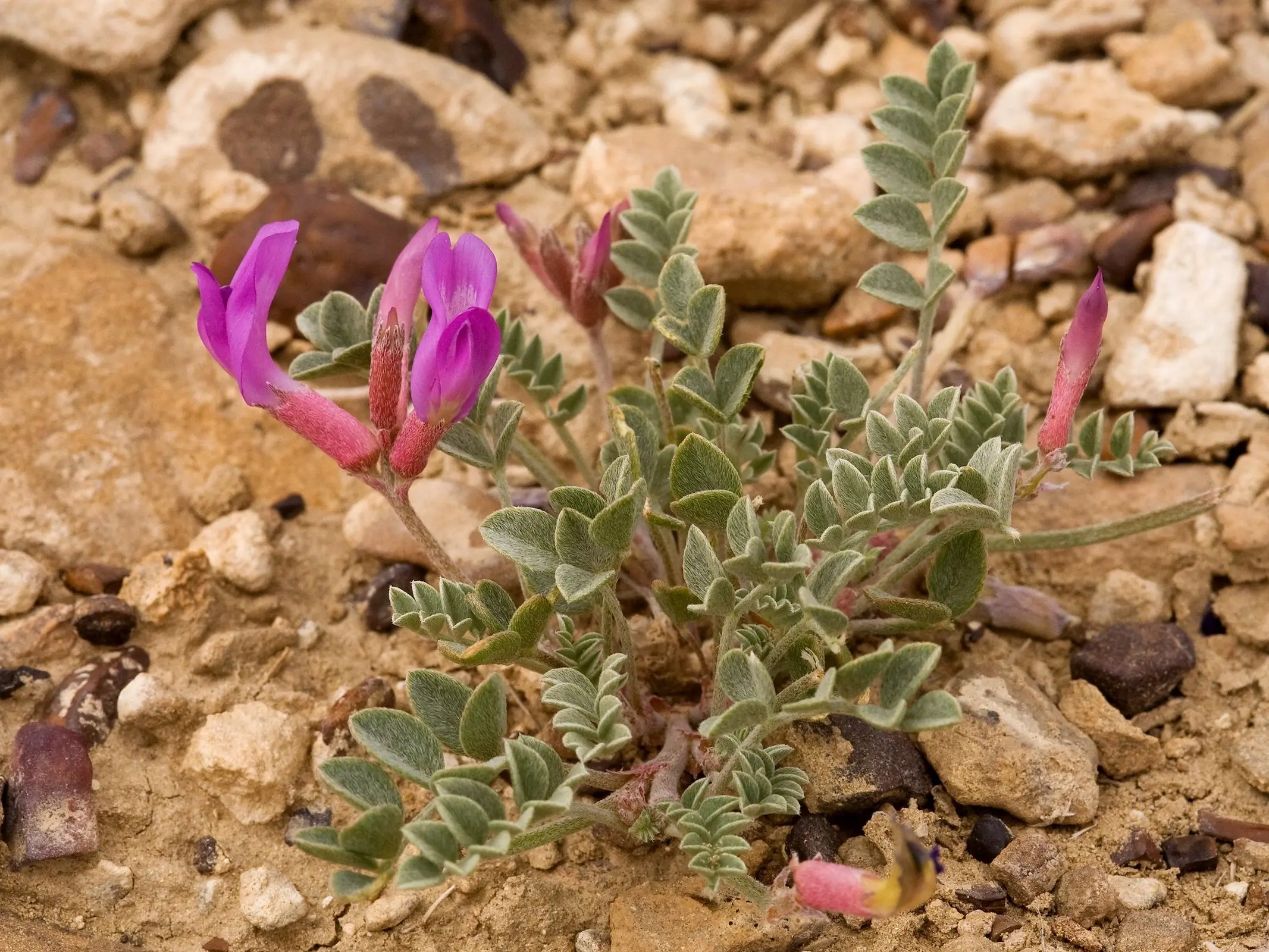
Names
Astragalus and Oxytropis species, Crazy Weed
Description
2 types
Astragalus Annual that grows to 30 inches on dark purple stems, leaves are hairy and grow in leaflets. Flowers are purple and grow in clusters at the end of branches.
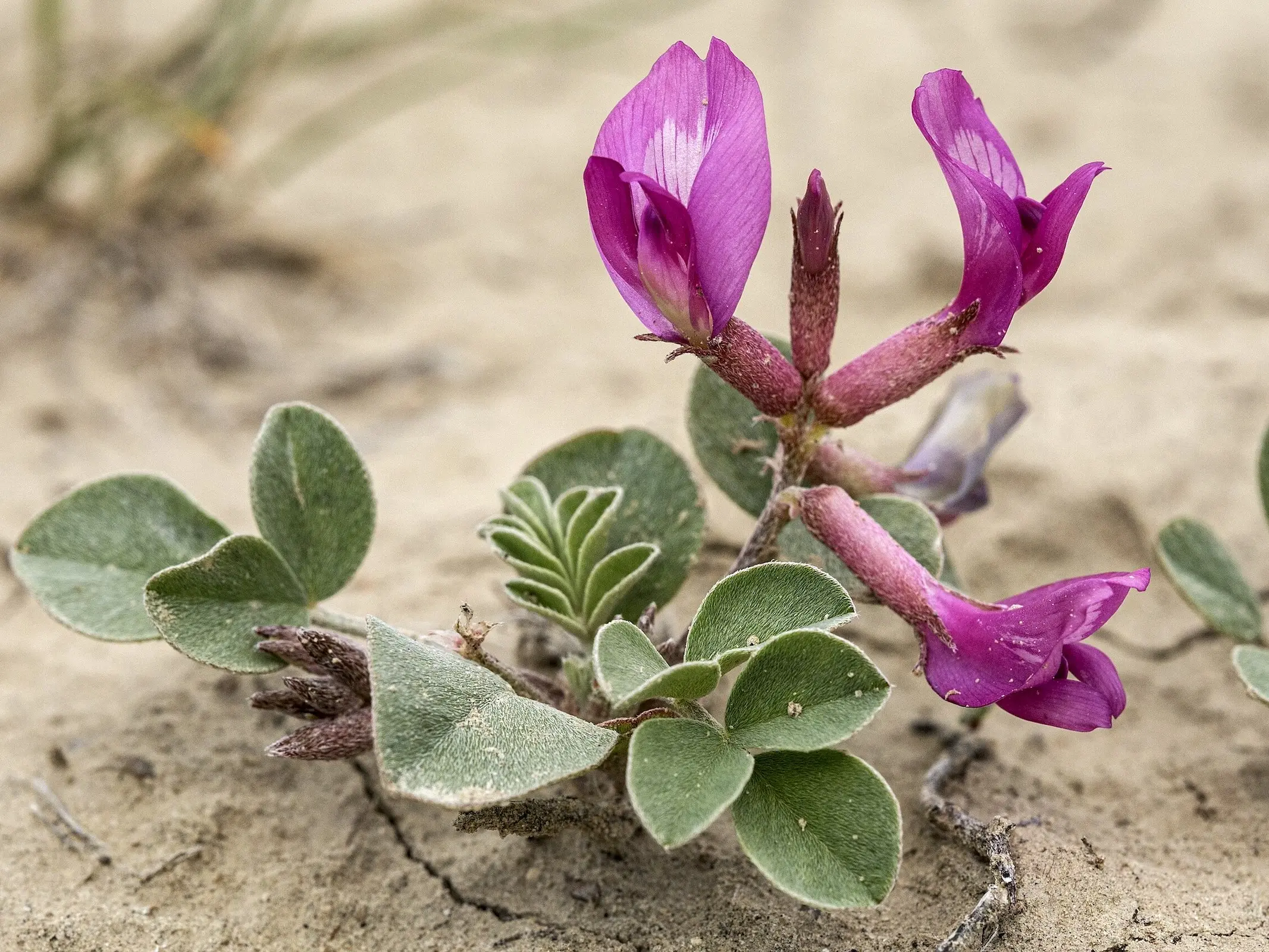
Oxytropis Annual legume which grows to 12 inches with leaves that are covered in fine, white hairs. Flowers are white and grow in spikes on a leafless stalk.
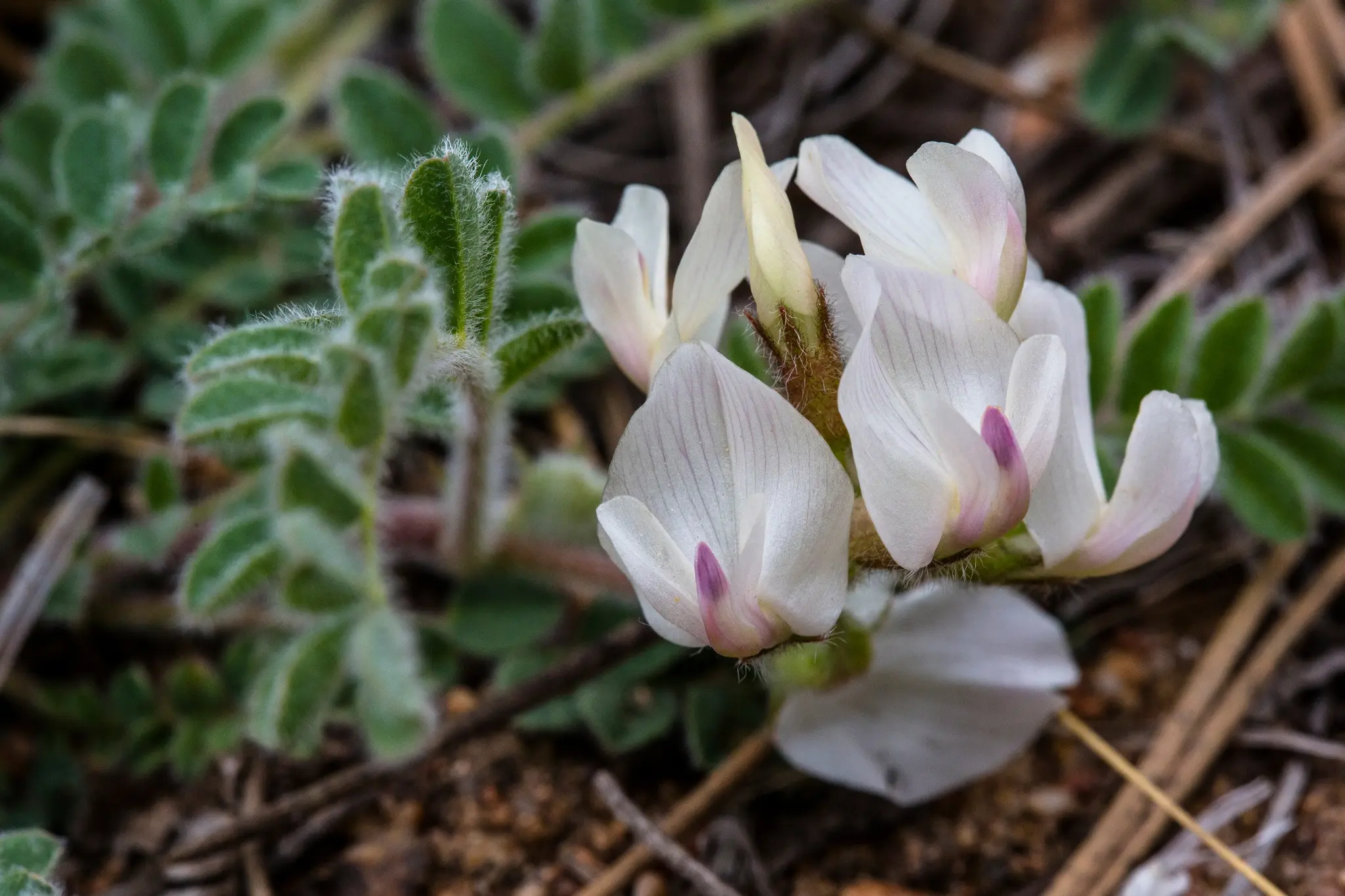
Concern Level
Only during drought conditions, unpalatable. However once animal starts eating loco weed they get addicted to it and will eat nothing else.
Toxic Parts
The whole plant is toxic both fresh and dried.
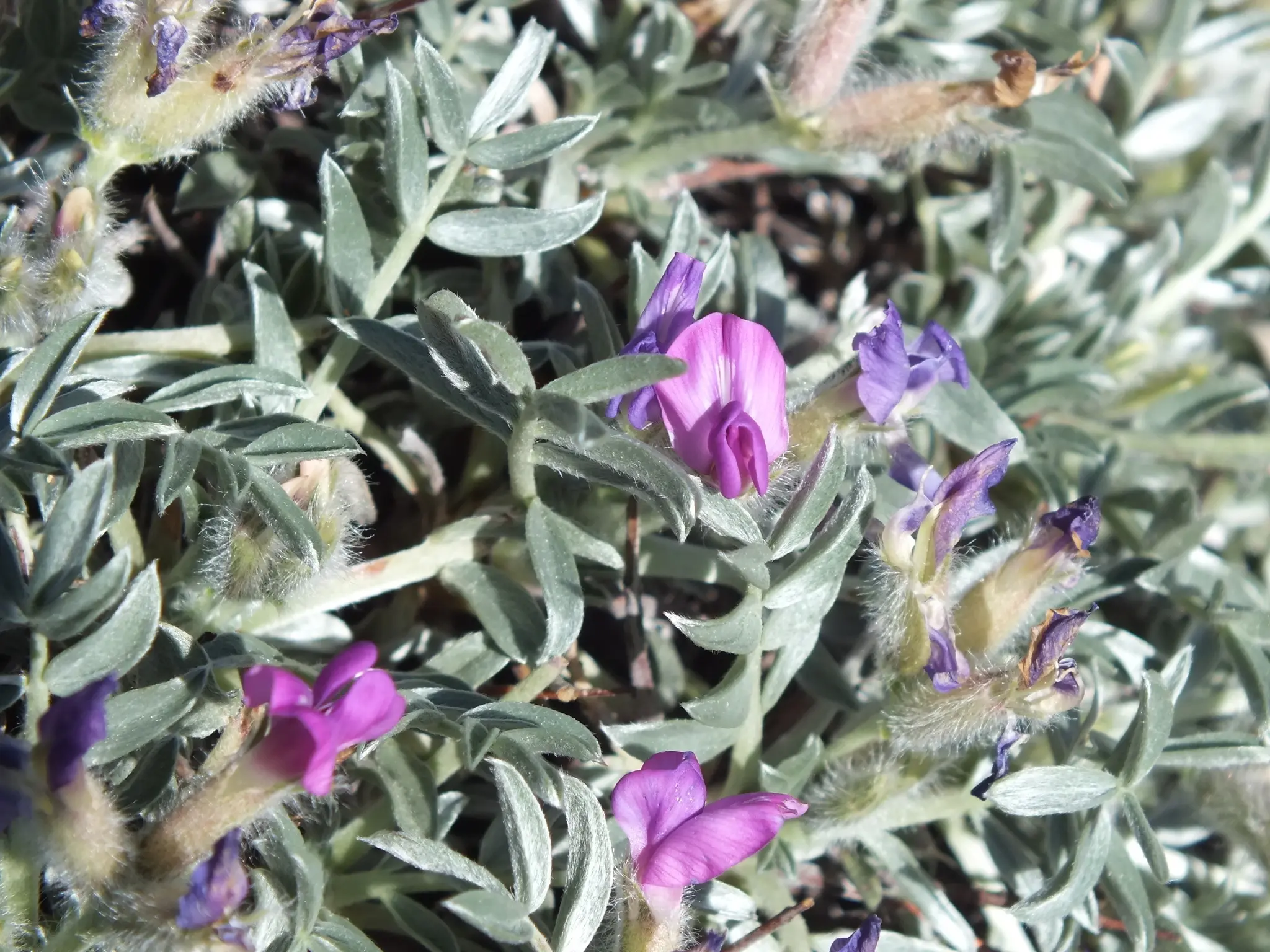
Symptoms
Occur after constant ingestion, strange behavior, low sensory and motor nerve function, depression of the central nervous system, dull eyes, nervousness, can become violent, progressive lack of coordination, lack of appetite and thirst, fetal death and birth defects, excitability and confusion.
Danger
Contains Swainsonine which disrupts function of brain cells, called “locoism”. effects are irreversible.
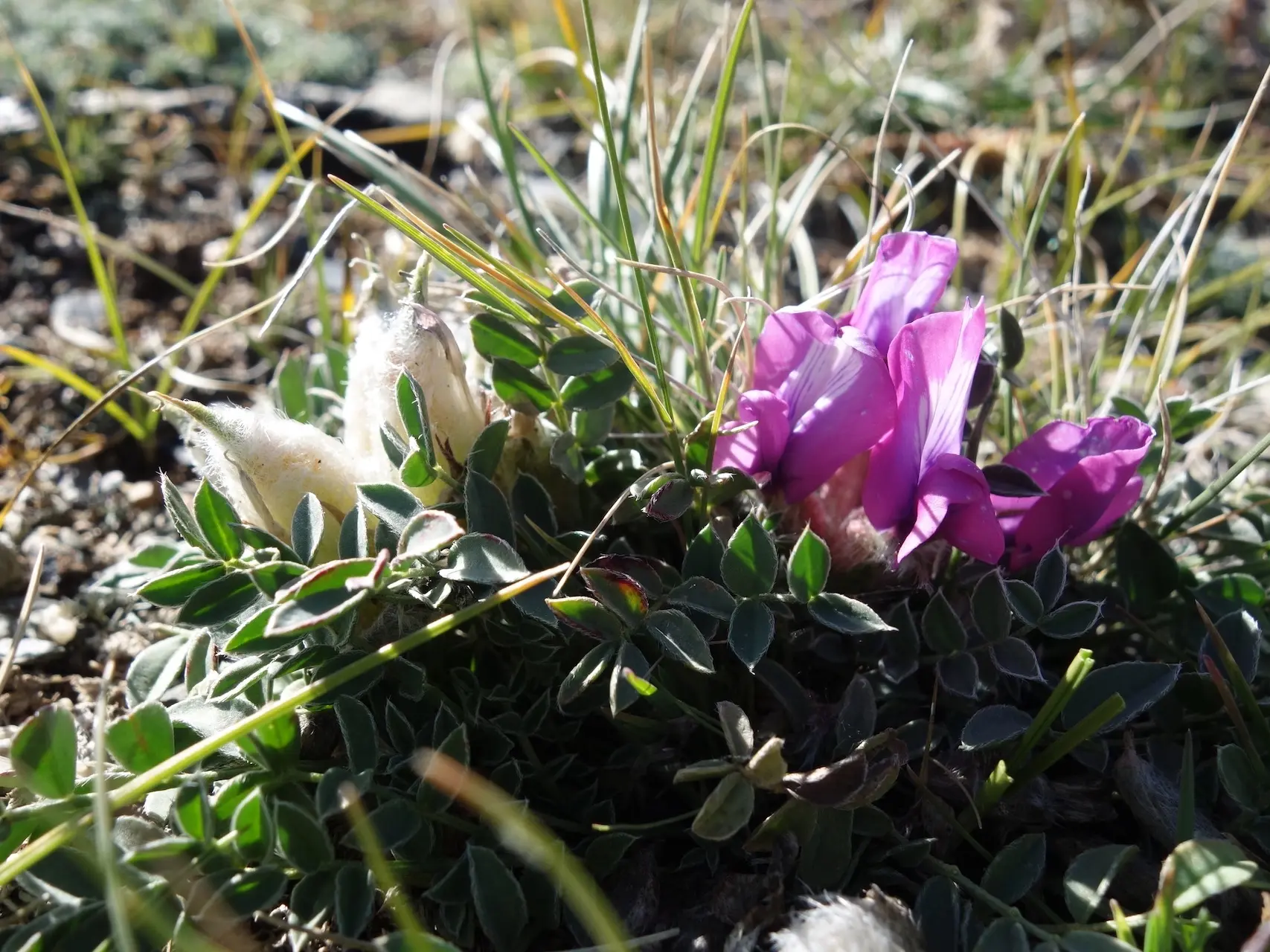
More Information
*It should be noted that we are not veterinarians. This information is written specifically for horses and should be used for reference purposes only. If you think your horse has eaten something toxic call your vet right away.